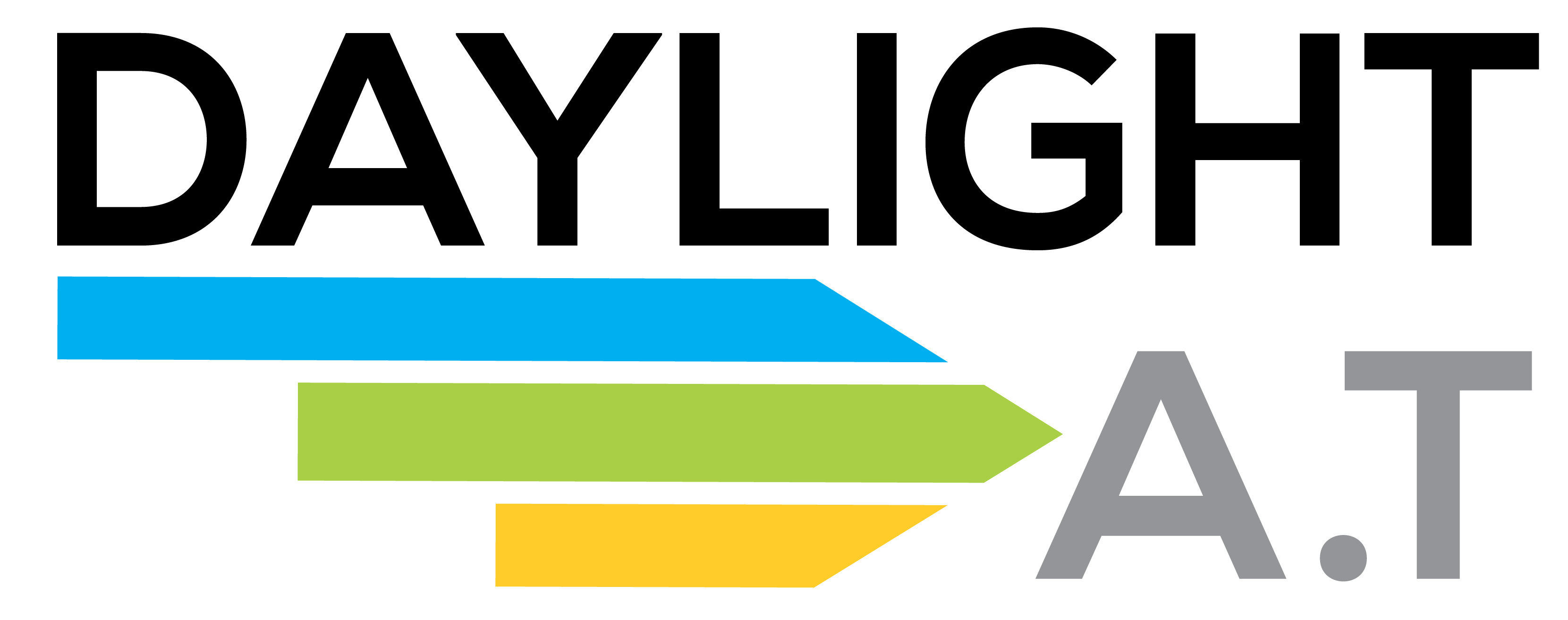For one thing, it can point the way to good long-term strategic decision making. And secondly, it can help you attract investors and convince money lenders that you’re on the right track.
It follows then, that done inadequately, forecasting can have an adverse effect. Decisions based on dodgy sums can, in the worst case scenario, lead to you running out of money and upsetting financial backers.
So what’s the secret to forecasting? Well, there’s no secret as such, but there are three steps that will get you moving in the right direction. Let’s take a look at them.
Step 1: Paint two pictures
The chances are, you have an optimistic outlook (after all, you need one if you’re running a business). This can filter through to your financial forecasting and wider business planning. However, it’s a good idea to create a cautious outlook alongside the positive one. This allows you to consider the opportunities and threats posed by external factors such as regulation, Brexit and the economy in general.
Step 2: Focus on your outgoings first
You’ll probably have a better idea of how much money will be going out of your business over a given 12 month period than coming in. Start by setting out your fixed costs such as rent, utilities, subscriptions and insurance, etc. Next, analyse expenditure that is affected by your business performance. If sales revenues increase by 10 percent, for example, will your cost of sales increase accordingly? Will you need more staff to look after more clients? Lastly, refer back to the two scenarios you created in Step 1. This allows you to identify where you could invest profits in the good scenario – or cut costs in the bad scenario.
Step 3: Now turn to revenues
Resist the temptation to aim for a top line figure when your forecast your income. Instead, break your market – and your knowledge of your target audience down – step by step. Ask yourself:
- How big, in terms of potential customers, is your entire target market?
- How many of these potential customers can you reach through advertising, marketing and sales activity?
- How many of these can you convert into customers?
- What will be the average spend per converted customer (including existing customers and repeat business)?
Keep it a work in progress
Finally, bear in mind that as the world around you changes so should your forecast. Keep an eye out for any factors that can affect your business – either positively or negatively – and adapt your forecast accordingly. This will help you in two ways: one, it’ll hone your forecasting skills and, two, it’ll ensure you always have the best data at hand to base important decisions on.
How DaylightAT can help
Find out how DaylightAT can support all your finance business processes while freeing you up to build your business.


